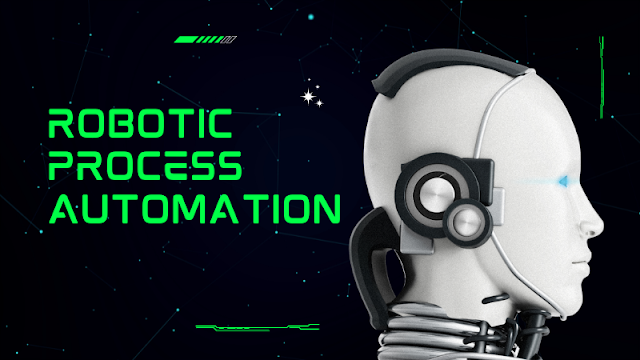HTMX Abstract:
What is HTMX?
HTMX is a technology that powers HTML to create advanced web applications. Through its main features and advantages, HTMX allows you to improve the expressive capacity of HTML and provides an easier way to develop dynamic and efficient websites, saving a lot of code in JavaScript or TypeScript, especially for repetitive tasks such as service calls. REST.
It is a framework that already has a history but was recently accepted in the GitHub Open Source Accelerator, which has made it more popular and began to be used more as it is supported by GitHub.
HTMX Main Features
Without dependencies. It does not require other libraries or frameworks to function, simplifying development and avoiding overload.
Dynamic update . It allows you to update the information on the page without having to refresh it, providing a more fluid user experience. Applying AJAX without the need for more specific code.
Benefits of using HTMX in web development
Integrating HTMX into web development offers multiple advantages for software developers.
- Simplicity and speed . HTMX simplifies the development process by utilizing the potential of HTML and reducing dependency on external libraries.
- Load optimization. By updating the information on the page without having to reload it, HTMX reduces the load on the servers and improves response speed.
- CSS support. HTMX makes it easy to integrate loading animations and spinners, improving the user's visual experience. In addition, you can continue using your style sheets in the same way as you did until now.
- Extensive documentation. HTMX has detailed official documentation that allows developers to understand and use its features effectively.
htmx in a Nutshell
htmx is a library that allows you to access modern browser features directly from HTML, rather than using javascript.
To understand htmx, first lets take a look at an anchor tag:
<a href="/blog">Blog</a>
This anchor tag tells a browser:
“When a user clicks on this link, issue an HTTP GET request to ‘/blog’ and load the response content into the browser window”.
With that in mind, consider the following bit of HTML:
<button hx-post="/clicked"
hx-trigger="click"
hx-target="#parent-div"
hx-swap="outerHTML"
>
Click Me!
</button>
This tells htmx:
“When a user clicks on this button, issue an HTTP POST request to ‘/clicked’ and use the content from the response to replace the element with the id
parent-divin the DOM”
htmx extends and generalizes the core idea of HTML as a hypertext, opening up many more possibilities directly within the language:
- Now any element, not just anchors and forms, can issue an HTTP request
- Now any event, not just clicks or form submissions, can trigger requests
- Now any HTTP verb, not just
GETandPOST, can be used - Now any element, not just the entire window, can be the target for update by the request
Note that when you are using htmx, on the server side you typically respond with HTML, not JSON. This keeps you firmly within the original web programming model, using Hypertext As The Engine Of Application State without even needing to really understand that concept.
It’s worth mentioning that, if you prefer, you can use the data- prefix when using htmx:
<a data-hx-post="/click">Click Me!</a>
#Installing
Htmx is a dependency-free, browser-oriented javascript library. This means that using it is as simple as adding a <script> tag to your document head. No need for complicated build steps or systems.
If you are migrating to htmx from intercooler.js, please see the migration guide.
Reference : https://htmx.org/docs/#introduction





